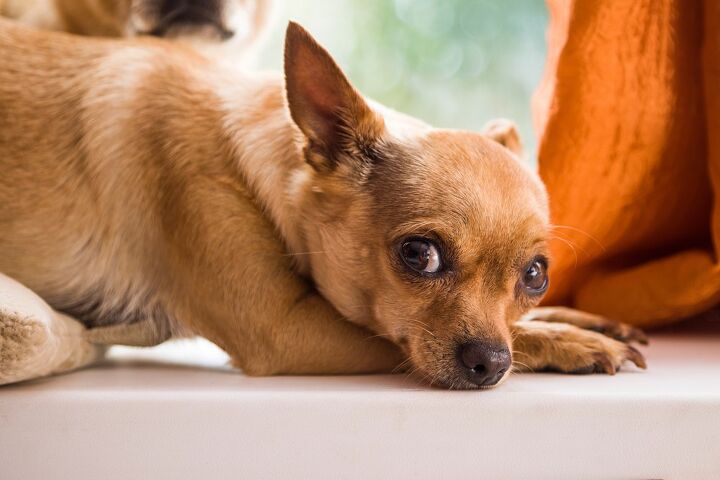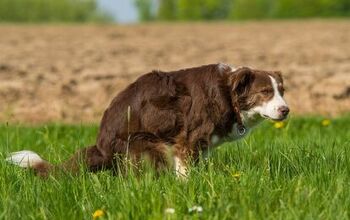Gastrointestinal Obstructions in Dogs


Most dogs will eat anything that even slightly resembles food. Unfortunately, your dog doesn’t understand that some things simply weren’t meant to be swallowed and if he swallows the wrong thing, it could cause a serious problem such as a gastrointestinal obstruction. Keep reading to learn more about gastrointestinal obstructions in dogs including what they are and how to prevent them.
What is a Gastrointestinal Obstruction?
A gastrointestinal obstruction is a partial or complete blockage in the flow of solid or liquid nutrients from the stomach into the intestines. The obstruction itself can occur in either the stomach or the intestines and it could involve everything from natural secretions to food to inedible objects. All dogs are susceptible to gastrointestinal obstruction because they have a tendency to eat things that shouldn’t be eaten, and this risk is highest in puppies and young dogs.
Related: What is Syringomyelia in Dogs?
In some cases, gastrointestinal obstruction doesn’t show symptoms until the issue has already progressed. Here are some of the symptoms to look for:
- Vomiting
- Dehydration
- Sluggishness
- Weight loss
- Loss of appetite
- Diarrhea
Some of these symptoms take time to develop as the obstruction gets worse. A small obstruction can result in the accumulation of both solids and liquids in the intestines near the obstruction. Because your dog’s system can’t pass the obstruction, he may start vomiting in an attempt to clear the path. This can lead to dehydration and electrolyte imbalance as well as damage to the lining of the intestines.
Tips for Treating and Preventing Obstructions
The first step in treating a gastrointestinal obstruction is to identify the cause. In many cases, it is a foreign body that the dog has ingested that can’t be broken down or passed. An obstruction can also be caused by a tumor or conditions such as pyloric stenosis and gastroenteritis or inflammation of the gastrointestinal tract. Diagnosis usually involves an endoscopy to determine the cause of the blockage – the endoscope can also be used to biopsy tissue or to remove the object.
Related: Does Your Dog Have A Sleep Problem?
If the obstruction can’t be resolved through endoscopy, surgery may be required. In addition to the surgical removal of the object causing the obstruction, treatment may also involve IV fluids to restore hydration and electrolyte balance. In most cases, recovery is fairly easy, though you need to keep your dog’s fluid levels up and may need to restrict his activity for a few days. You may also want to feed your dog a bland diet for a day or two until his digestion returns to normal.
Many dogs who develop gastrointestinal obstructions end up doing it again, so you’ll need to be extra careful with your dog. Preventive measures may include keeping small objects off the floor, making sure your trash cans are covered, and keeping an eye on your dog when he is outside. If you see your dog eating something he shouldn’t be, take it away – you might even teach him to respond to a “leave it” command for his own safety.
Gastrointestinal obstructions in dogs are no laughing matter. Take what you’ve learned here and apply it to prevent this problem from affecting your dog.

Kate Barrington is the loving owner of two cats (Bagel and Munchkin) and a noisy herd of guinea pigs. Having grown up with golden retrievers, Kate has a great deal of experience with dogs but labels herself a lover of all pets. Having received a Bachelor's degree in English, Kate has combined her love for pets and her passion for writing to create her own freelance writing business, specializing in the pet niche.
More by Kate Barrington























